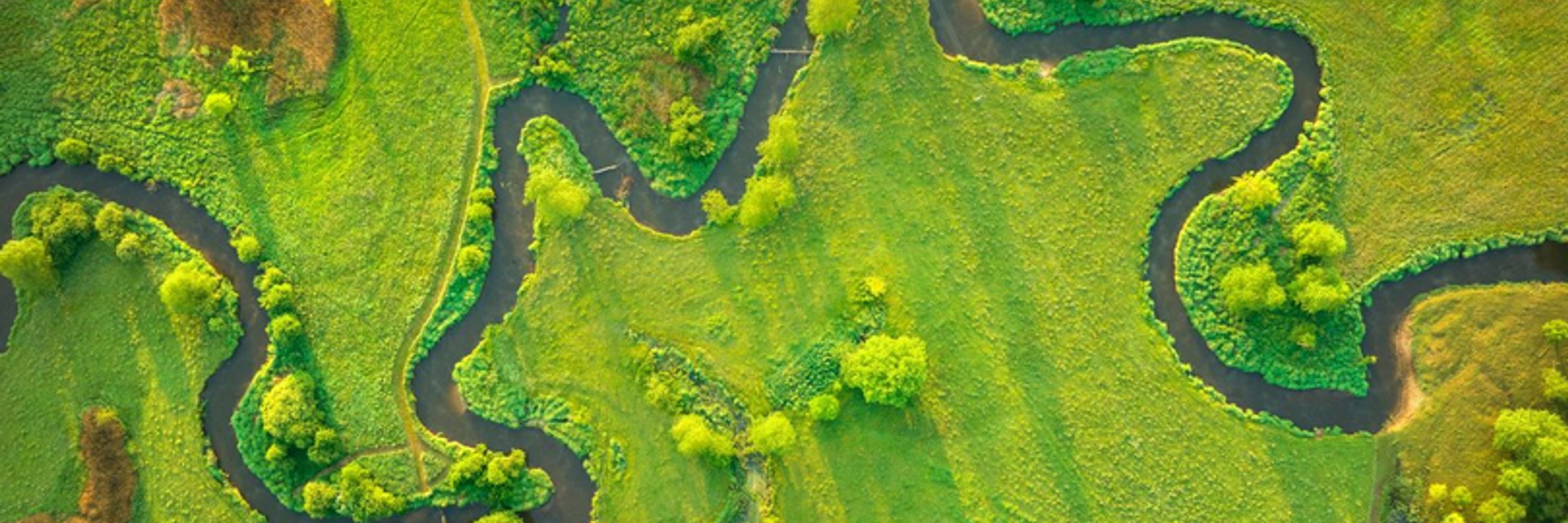BES Macro
@besmacro.bsky.social
520 followers
490 following
57 posts
We are the British Ecological Society Macroecology & Macroevolution Special Interest Group. We run the annual #BESMacro conference and will gladly repost papers and opportunities of interest to our members!
Posts
Media
Videos
Starter Packs
Reposted by BES Macro
Reposted by BES Macro
Reposted by BES Macro
Reposted by BES Macro
Reposted by BES Macro
Reposted by BES Macro
Reposted by BES Macro
Reposted by BES Macro
Reposted by BES Macro
Reposted by BES Macro
Reposted by BES Macro
Reposted by BES Macro






















